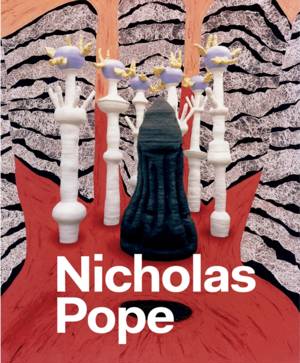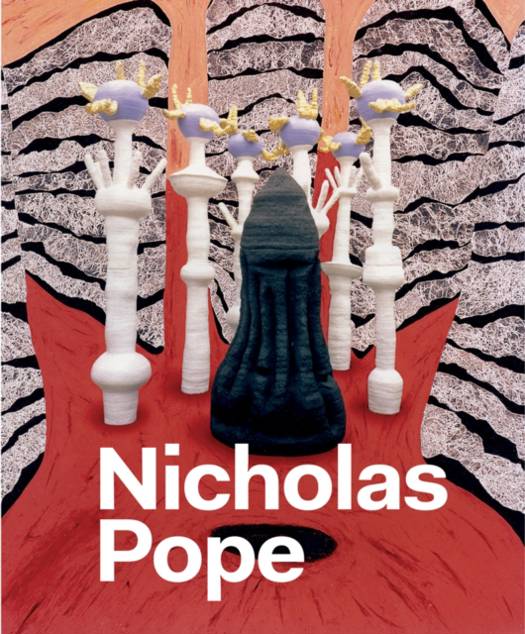
Vous voulez être sûr que vos cadeaux seront sous le sapin de Noël à temps? Nos magasins vous accueillent à bras ouverts. La plupart de nos magasins sont ouverts également les dimanches, vous pouvez vérifier les heures d'ouvertures sur notre site.
- Retrait gratuit dans votre magasin Club
- 7.000.000 titres dans notre catalogue
- Payer en toute sécurité
- Toujours un magasin près de chez vous
Vous voulez être sûr que vos cadeaux seront sous le sapin de Noël à temps? Nos magasins vous accueillent à bras ouverts. La plupart de nos magasins sont ouverts également les dimanches, vous pouvez vérifier les heures d'ouvertures sur notre site.
- Retrait gratuit dans votre magasin Club
- 7.000.0000 titres dans notre catalogue
- Payer en toute sécurité
- Toujours un magasin près de chez vous
Description
Nicholas Pope's multivalent sculpture explores the inherent physical qualities of his materials. This landmark monograph presents the first substantial overview of his work.
British artist Nicholas Pope was best known in the 1970s and early 1980s for his large-scale sculptures made of wood, metal, stone, sheet lead or chalk. Following his 1980 exhibition representing Britain at the Venice Biennale, Pope was awarded a Cultural Visitor grant to Zimbabwe and Tanzania; an experience that affected the rest of his life and twisted his artistic practice completely. In a move towards softer, more malleable materials such as glass, porcelain, texture, moulded aluminium and ceramics, Pope began to make abstract works that reference complicated themes of spirituality, suicide and society. The first comprehensive monograph on the artist, this publication features over 150 colour illustrations alongside an introduction to the artist by Penelope Curtis, an analysis of the work's religious themes by Christopher Townsend and Andrew Sabin's exploration of Pope's recent work.Spécifications
Parties prenantes
- Auteur(s) :
- Editeur:
Contenu
- Nombre de pages :
- 192
- Langue:
- Anglais
Caractéristiques
- EAN:
- 9781905464777
- Date de parution :
- 01-09-13
- Format:
- Livre broché
- Format numérique:
- Trade paperback (VS)
- Dimensions :
- 246 mm x 292 mm
- Poids :
- 1496 g







